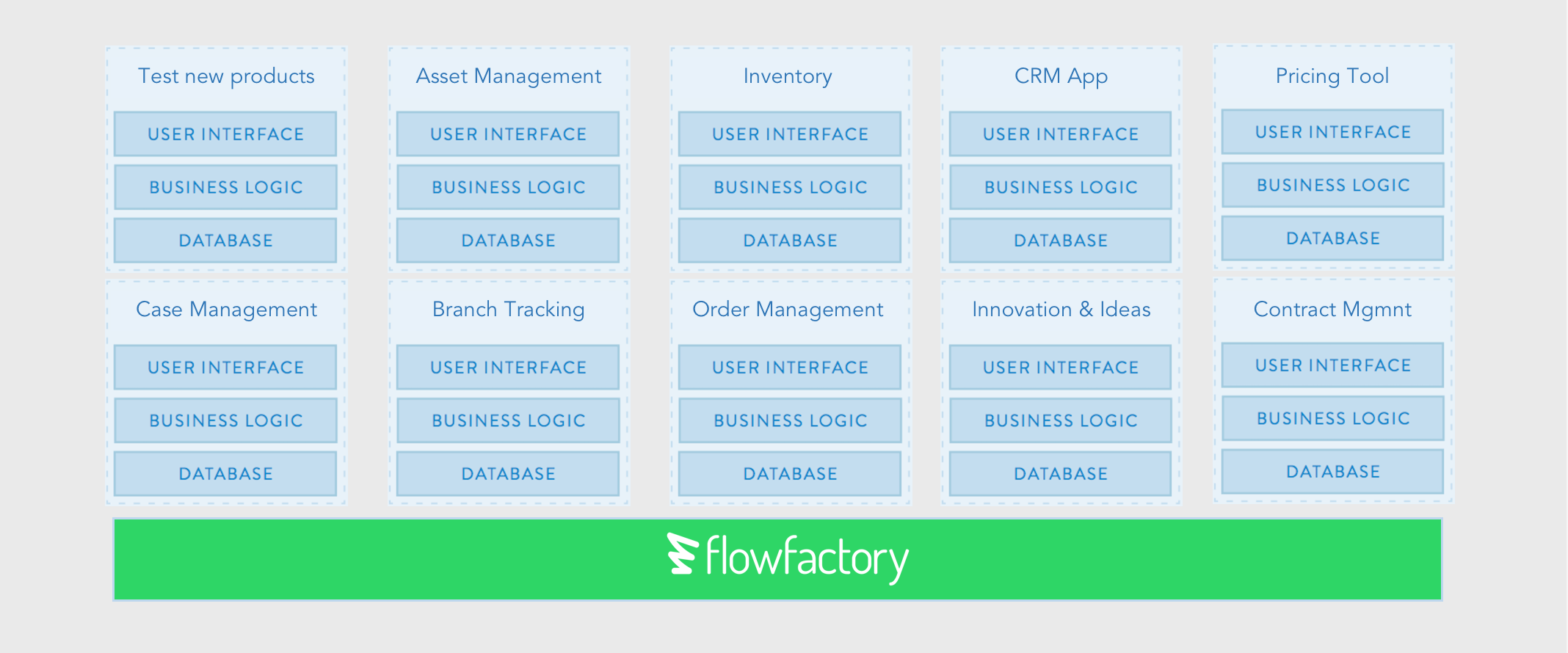
In the age of the connected customer, the only thing that differentiates a brand is customer experience (CX). Increasingly, those experiences are not human, but digital and automated. This puts IT teams in a situation of both opportunity and vulnerability.
IT leaders must adapt their operations and mindset to focus on CX just as much as customer-facing departments do - transforming their organizations from cost centers to service bureaus.
For in fact, IT is now central to customer experience. The company can't provide a modern, data-driven, integrated experience without you.
Business Priorities where IT should contribute
Consider these key priorities for any business, and attempt to extract IT's influence and contribution for each. (Spoiler alert: It's impossible to do so.)
- Marketing is able to deliver the right message to the right customer at the right time.
- Sales identifies opportunities for cross-selling and up-selling based on each customer's history.
- Customer service provides more personalized, seamless support - recognizing customers throughout their purchase and product journey, on any device, with real-time, helpful information.
- Product teams can isolate customer needs and anticipate future demands using accurate data from internal and market sources.
Each of these scenarios requires IT teams to collaborate closely with their business functional peers - which will be a new kind of organizational operating model for many IT leaders. It's not optional.
Nearly 77% of business buyers say tech has significantly changed their company’s expectations of how companies should interact with them and 75% of consumers agree they expect companies to provide a consistent experience wherever they engage with them (e.g., website, social media, mobile, in person).
Progress is being made. Many IT departments now act as an extension/partner of business units rather than as a separate function.
The question is — how can IT best help marketing, sales, and service teams deliver on their customer-centric initiatives?
Low code platforms help IT to deliver on their promise
Low code platforms are part of the reason IT teams will deliver on this promise of collaboration to deliver a more satisfying CX. In particular, as business needs change, low code platforms allow IT teams to quickly develop tailored applications that address the needs of key customers and market segments.

Here's how:
- First, imagine all the applications that could improve the CX at your company. Sales teams using mobile apps in the field to check product status, file reports and engage service teams. Customers accessing product reviews, how-to videos and personalized services - from anywhere. Marketing teams using apps to make media mix cost efficiency calculations in real time - saving time and money and improving advertising ROI. Financial teams automating reporting dashboards for business units. Customer service teams tapping AI-driven chatbots to increase the efficiency and timeliness of routine questions.
- Second, consider that not one of these applications can you buy off the shelf. Standard solutions will not solve the unique challenge of creating a CX aligned to your brand and product promise.
- Third, consider the need for flexible, adaptive applications. What you build today will need to be refined tomorrow, as customer and market interests emerge and change. You also need a uniform platform to manage and maintain all these varied applications.
- Finally, we urge to you rise to the challenge. Remember what is holding back your company from competitive differentiation - there are a lot of challenges that only IT teams can solve. For example, tailored applications are likely to replace off-line, complex spreadsheets with real time, intuitive, more accurate and faster applications for your internal teams. And, customers don't care how many different brands or systems you have - they consider you one company and want one, consistent experience across every interaction.
These are very high impact solutions. Provide them well, and IT will soon be one of the most important corporate functions for growth and profitability. That's a new position for many IT teams, but as you move closer to customer value, you also contribute more to business profitability.
It's not so far-fetched to dream about auto replenishment purchases, appliances that schedule repairs before an owner knows they are broken, or companies made or broken on the power of a few customer social posts. These customer experiences are happening now. IT teams need to address the need for custom applications at the same pace.
Oh, and did we mention that you have weeks, not months to deliver?
Customers know what is possible because they experience it every day. Most visibly while shopping on Amazon, perhaps, but also in their exploration of voice-activated services, the way brands recognize their location and interests every day, and the way they hold the entire Internet in the palm of their hands.
What the low-code platform enables
Two things:- Collaborate efficiently with business users. A low code platform lets you pair an experienced application developer with a business partner who has a solid understanding of customer need, and some big ideas.
- A scalable, secure platform. You need an agile method for rapidly producing tailored applications that harmonize with your systems, maintain security, protect data and scale. Your low code platform becomes this competitive layer of custom applications for your business.
In the past, IT may not have been at the top of the departments focused on customer experience; but it is now. The emergence of low code platforms to enable rapid development of secure, scalable applications makes it easier to deliver on this new challenge. How will you #SpringboardGreatMinds at your company?
Download our free whitepaper about Low-code in Swedish. A guide to technology that can dramatically increases the speed of application development and at the same time enables harmonization of the application portfolio.


